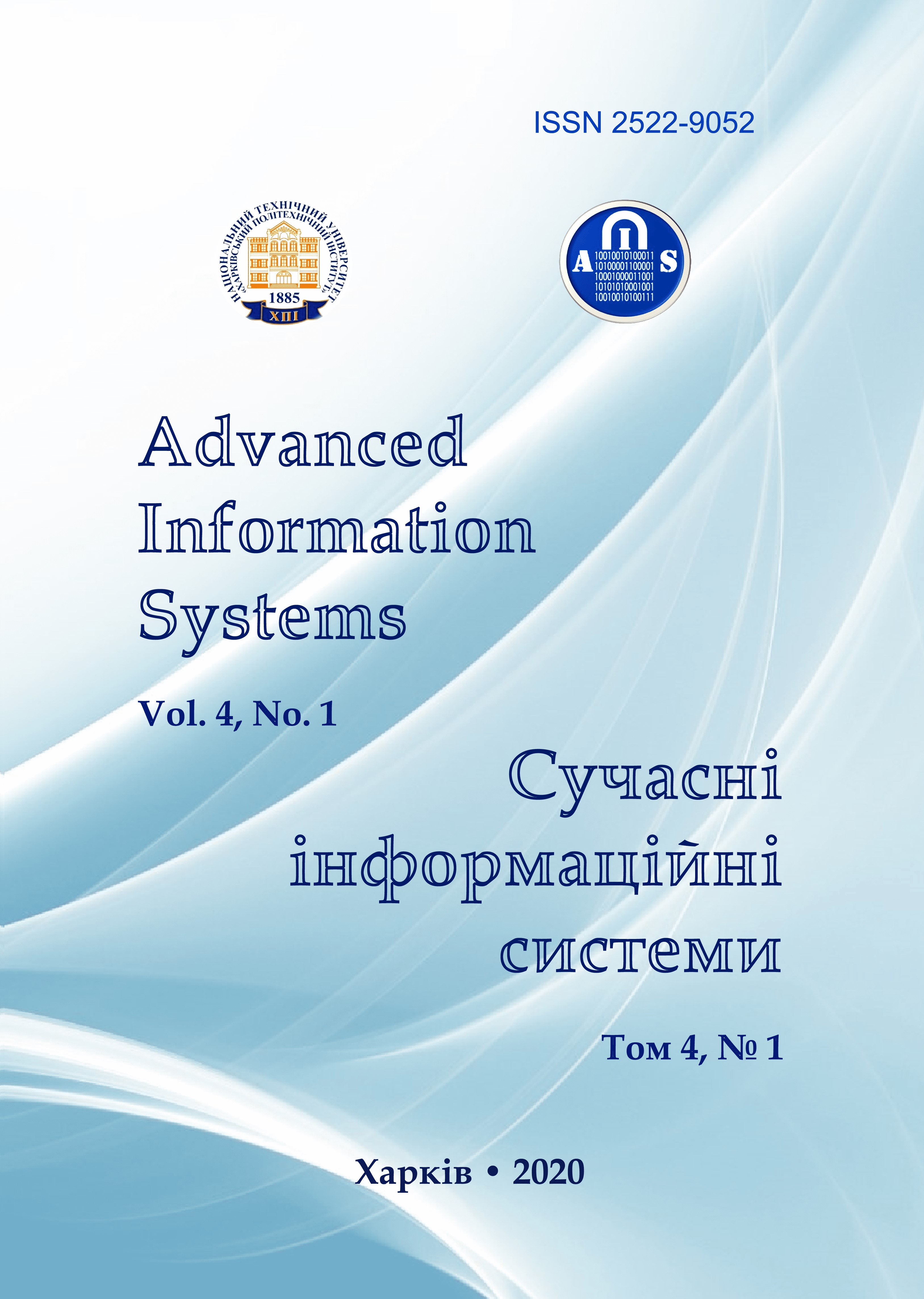DEVELOPMENT OF FIELD SIGNAL CENTERS BASED ON THE MODERN TELECOMMUNICATION TECHNOLOGIES
Main Article Content
Abstract
Nowadays, one of the main directions of the military management system development is the improvment and wide automation of field communication networks of the military authorities. Therefore, states continue to advance their tactical networks to counter these emerging threats, enable new forms of maneuver and maintain integration with military Information Technology services available stateside-all while taking advantage of rapid innovation from the commercial IT industry. Moreover, when analyzing electromagnetic compatibility of radio-electronic means, it is important to know the factors affecting on modules interaction in network. Radio-electronic means is the ability to work without any disturbance under the influence of coincident electromagnetic interferences, without interfering with the radio-electronic means used by the others radio-electronic sets. In this paper, the role of modern telecommunication technologies in development of field siqnal centers has been shown, and a military field signal center have been proposed to set up in the form of modules.
Article Details
References
Zlobin, V.I., Ivashenko, M.V. and Ivanova, Q.V. (2005), Intellectual adaptive communication and management systems, Monoqraph, RF MOD, Мoscow, 276 p.
Bichovski, М.А. (2006), The control of radio spectrum and electromagnetic compatibility of radio systems, EKOTREDZ, Моscow, 376 p.
Маlкоv, N.A. and Pudovkin, A.P. (2007), Electromagnetic compatibility of radioelectronic means, TGTU, 49 p.
Samochin, V.F. (2008), “Improvment and development mobile communication networks”, Military idea, No. 9, pp. 5-11.
Imanov, R. and Bayramov, A. (2019), “Analysis of the communication part of command centers”, National Security and Military Sciences, No. 5 (1), Baku, pp. 14-21.
Каrmashova, V.S. and Кеchieva, L.N. (2004), EМС for products developers, Technology, Мoscow, 290 p.
Vasilev, V.I. (1987), Communication system, High school, Мoscow, 280 p.
Qalkin V.А. (2007), Digital mobile radio communication, Manual for university, Helpline-Telecom, Мoscow, 432 p.
Garstka, John J. (2003), “Network Centric Operations Conceptual Framework Version 1.0”, IT Value in the Net centric Organization: Integrating Commercial and Military Perspectives, December 9-10, 2003, available at: https://apps.dtic.mil/dtic/tr/fulltext/u2/a457620.pdf.
